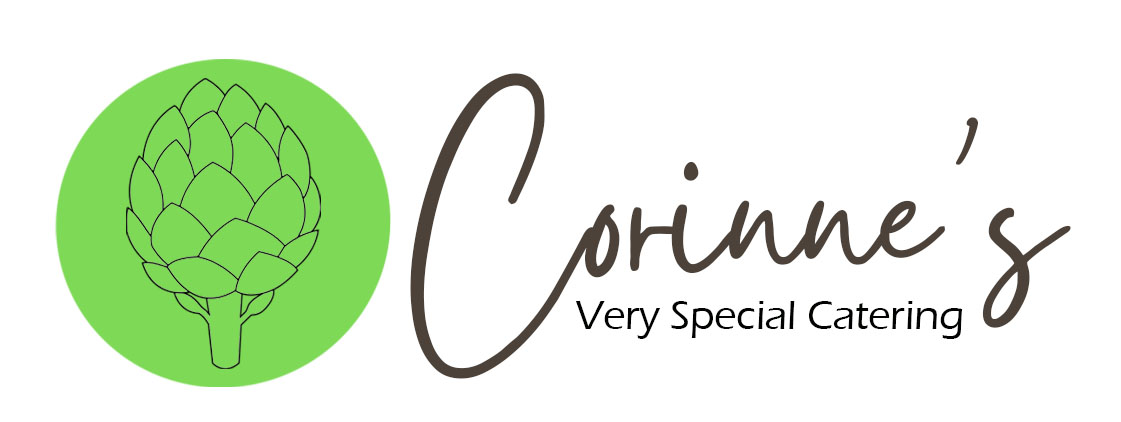When it comes to hosting a corporate office party, the food and drinks can make or break the event. Whether you’re celebrating the end of a successful year, launching a new project, or simply bringing the team together for a well-deserved break, great catering is essential. It sets the tone, keeps guests satisfied, and ensures your event runs smoothly. But with so many options available, how do you choose the right catering for your office party?
Here’s a guide to help you navigate the catering process, ensuring your office party is a memorable (and delicious) experience for everyone.
1. Understand Your Event Type and Audience
Before diving into menus and caterers, it’s crucial to think about the kind of event you’re hosting and who will be attending. Different types of office parties call for different catering styles:
- Casual team-building event: You might want to keep things low-key with finger foods, platters, or a casual buffet.
- Holiday party: This could call for a more festive and elaborate sit-down meal or stations offering holiday-inspired foods.
- Client or networking event: You’ll likely want to elevate the menu with stylish hors d’oeuvres and passed appetizers, plus a full-service bar.
Also, consider the size of your guest list and the mix of attendees. Are you catering for a small team, or is it a large gathering that includes clients, vendors, or executives? Tailoring your catering to suit the event’s formality and attendees’ preferences is the first step toward ensuring its success.
2. Set Your Budget Early
Catering is often one of the biggest expenses of any event, so determining your budget upfront is key. When considering the cost of catering, remember that it’s not just about the food—there are other expenses to consider:
- Beverage options: Will you be offering alcoholic drinks or sticking to non-alcoholic beverages?
- Service: Will you need servers, bartenders, or a cleaning crew? Full-service catering can elevate the experience but comes at a higher price.
- Rentals: Depending on the venue, you may need to rent tables, chairs, or even additional kitchen equipment.
Once you have a clear budget, you’ll be able to narrow down your options and focus on caterers who can work within your financial constraints without compromising on quality.
3. Consider Dietary Preferences and Restrictions
In today’s diverse workplace, it’s more important than ever to accommodate a range of dietary preferences and restrictions. From vegan and vegetarian options to gluten-free, dairy-free, and allergy-conscious menus, the right caterer should be able to offer something for everyone.
When sending out invitations, ask attendees if they have any specific dietary needs. Then, communicate these needs clearly with your caterer. A good caterer will not only provide alternative options but also ensure those dishes are just as delicious and satisfying as the main offerings.
4. Match the Catering Style to the Party Format
Choosing the right catering style depends on the type of event and how you want the flow of the party to go. Here are some popular catering styles to consider:
- Buffet Style: A buffet is a great option for informal gatherings where guests can help themselves to a variety of dishes. Buffets allow flexibility, as attendees can choose their portion sizes and return for seconds. However, keep in mind that buffets may require extra space and coordination to avoid long lines.
- Plated Sit-Down Meals: For more formal or structured events, a sit-down meal with plated service is a sophisticated choice. Each guest receives the same meal (with dietary accommodations as needed), and it adds an air of elegance to the event. While this option requires more staff and coordination, it offers a more controlled dining experience.
- Cocktail Party with Passed Hors d’oeuvres: If you’re hosting a networking event or an office celebration where mingling is encouraged, a cocktail-style party with passed hors d’oeuvres and finger foods can keep the atmosphere lively. Guests can walk around, network, and socialize while enjoying bite-sized snacks and drinks.
- Food Stations: For larger gatherings or office parties with a fun twist, food stations offer variety and interaction. Guests can visit different stations serving various cuisines or food types—think taco bars, pasta stations, or sushi rolls. It’s a great way to provide a diverse range of options and engage guests.
5. Choose a Caterer with Experience in Corporate Events
Not all catering companies are equipped to handle corporate events, so it’s important to find one that has specific experience in this area. A caterer familiar with office parties will understand the logistics of setting up in a corporate space, managing time constraints, and keeping the service professional yet friendly.
When speaking with potential caterers, ask for references or reviews from other corporate clients. Look for a company that has successfully catered similar events and can offer advice on what works best for your specific party type.
6. Don’t Forget the Drinks
Drinks are just as important as the food. Depending on your event, you might offer:
- Non-alcoholic beverages: Coffee, tea, sodas, and sparkling water.
- Alcoholic beverages: If you’re providing alcohol, decide whether you’ll have an open bar, a cash bar, or drink tickets to control consumption. You could also offer signature cocktails for a personalized touch.
- Coffee and dessert: For morning or afternoon events, coffee and a variety of desserts (think pastries, cookies, or cake pops) can add a sweet and energizing end to the party.
7. Request a Tasting
Before making a final decision, always request a tasting. This is your chance to sample the food, discuss presentation, and make sure the caterer understands your vision. Pay attention to how the food is prepared, the quality of ingredients, and how well the caterer adapts their offerings to your theme or preferences.
The tasting is also an opportunity to evaluate the caterer’s professionalism and communication skills. A good caterer will listen to your feedback and work with you to create the perfect menu.
8. Presentation Matters
Corporate office parties are professional events, and the food presentation should reflect that. Whether it’s a casual gathering or a more formal affair, the way the food is displayed can elevate the experience. Ask your caterer about their presentation style—do they offer stylish serving dishes, garnish plates to perfection, or provide themed decor that enhances the dining experience?
If your event has a particular theme, see if your caterer can incorporate that into the presentation. Small details, like color-coordinated platters or creative food displays, can make a big difference in how your guests perceive the meal.
9. Confirm the Logistics
Once you’ve selected a caterer, make sure to go over all the logistics, including:
- Delivery and setup times: Ensure that everything will be delivered and set up before the event starts.
- Staffing needs: If your caterer is providing servers or bartenders, confirm the number of staff and their roles during the event.
- Clean-up plans: Discuss how clean-up will be handled after the event, including trash removal, table breakdown, and leftover food storage.
Having a clear plan in place will help the event run smoothly and prevent last-minute stress.
Final Thoughts
Choosing the right catering for your corporate office party doesn’t have to be overwhelming. By understanding your event type, setting a clear budget, considering dietary restrictions, and working with an experienced caterer, you’ll ensure that your party is not only a success but a memorable one. Whether you’re planning a casual office get-together or a formal client event, the right food and drink will leave a lasting impression on your guests, making your event one to remember.

